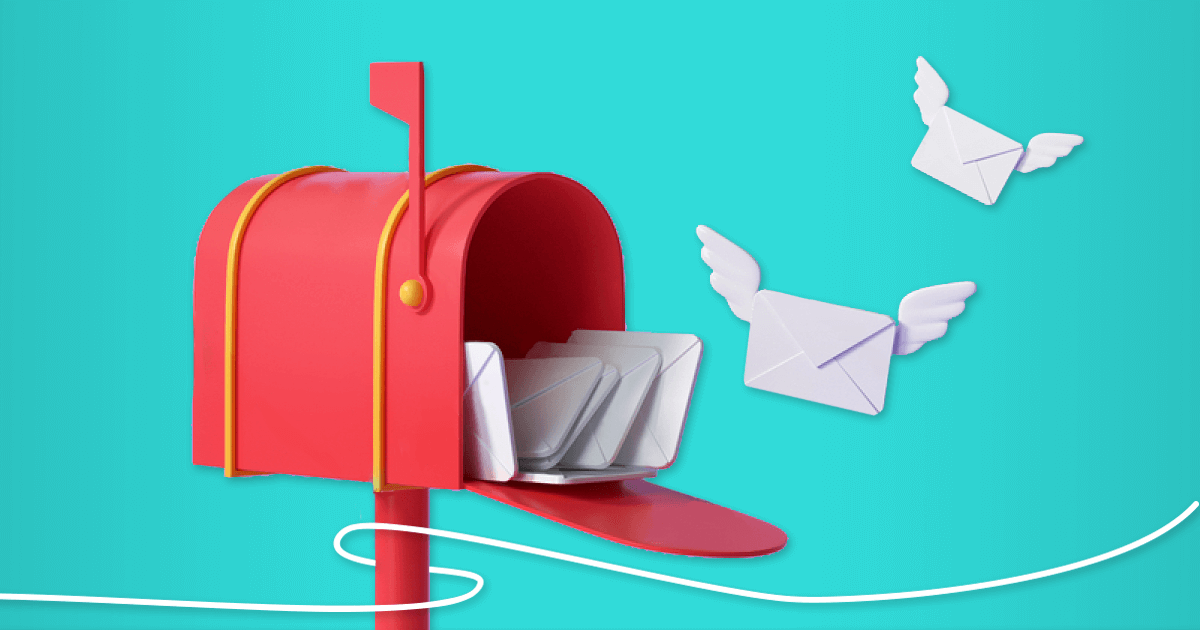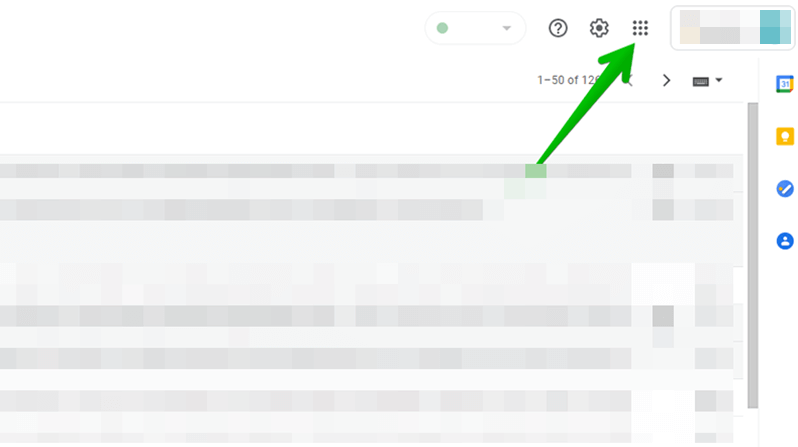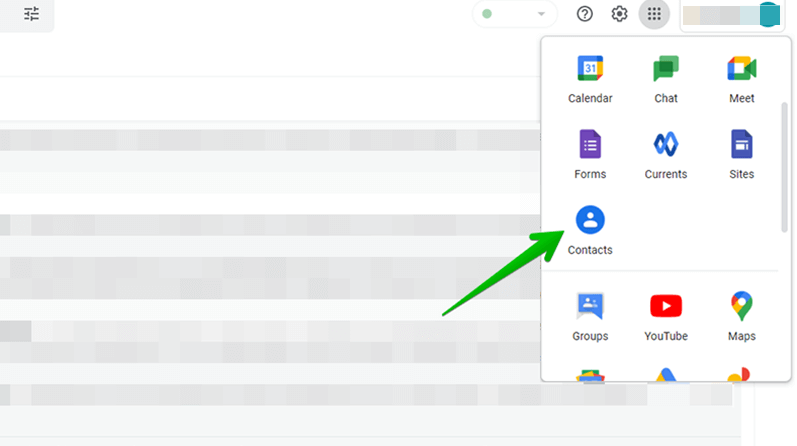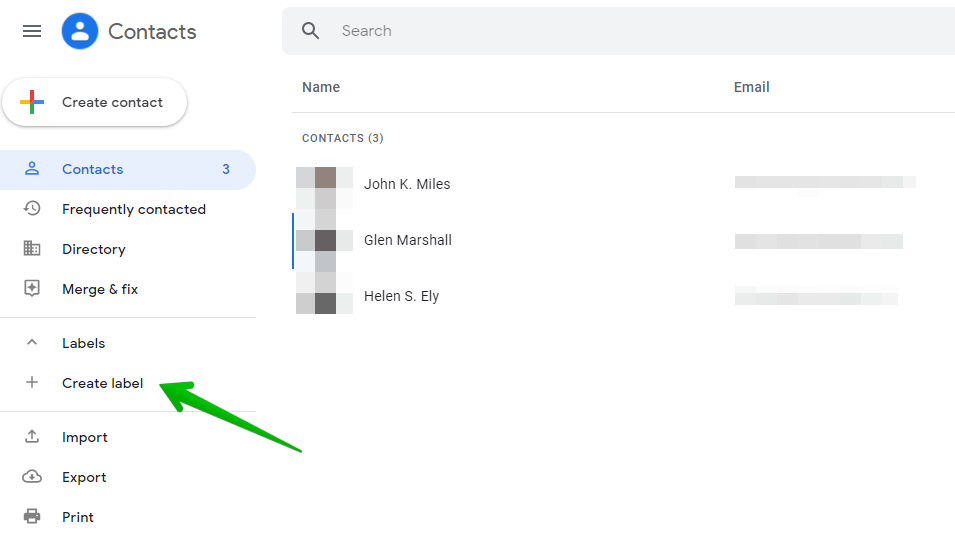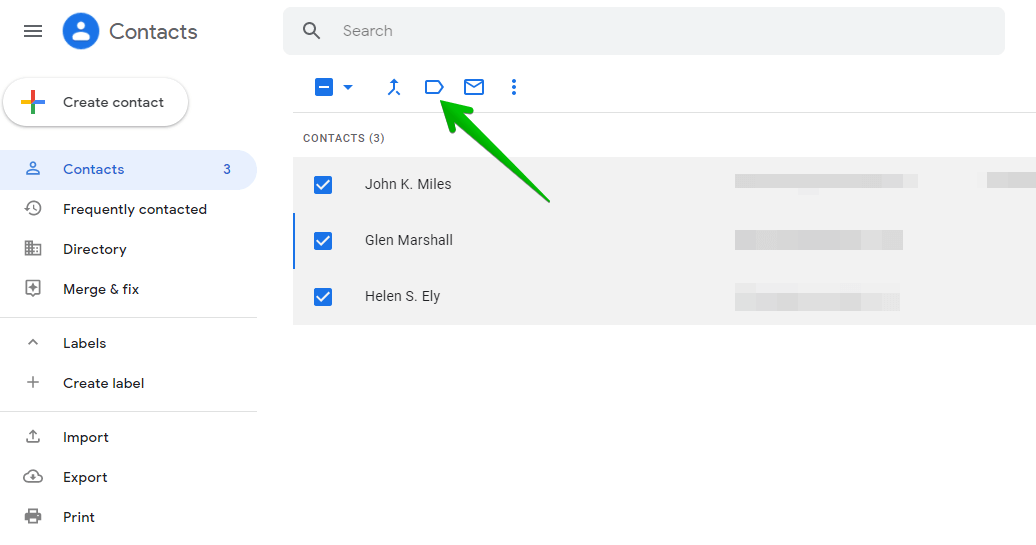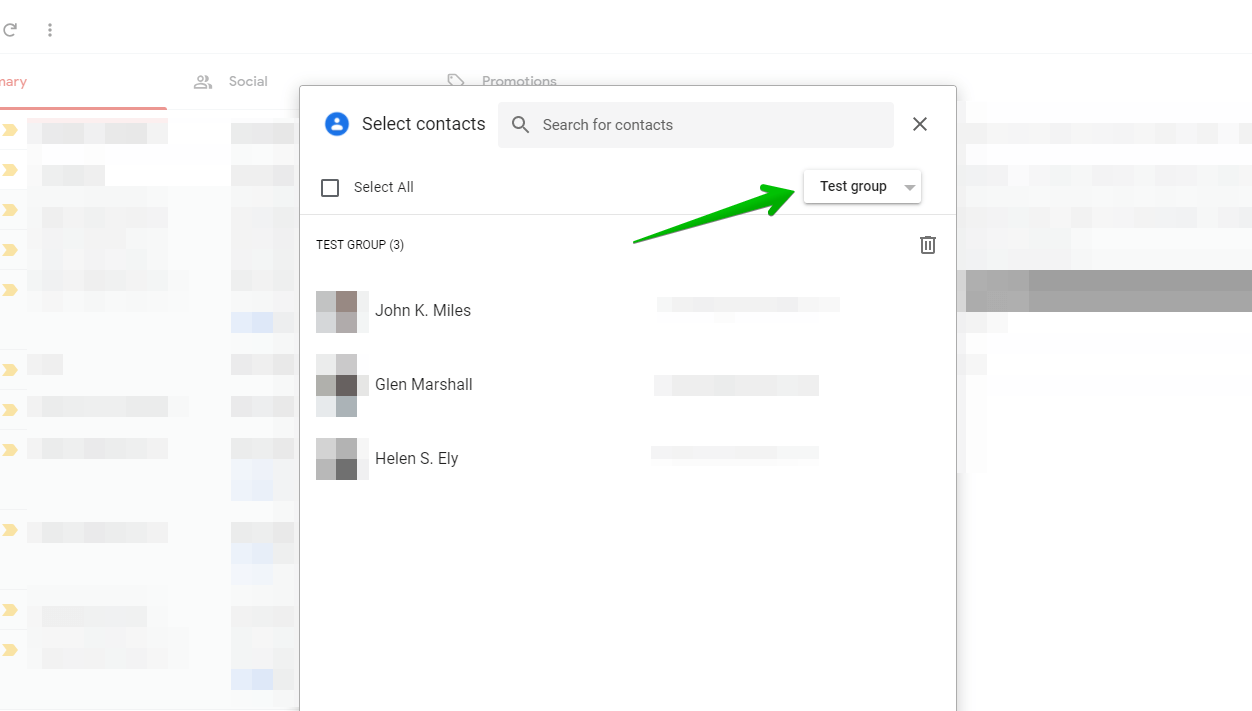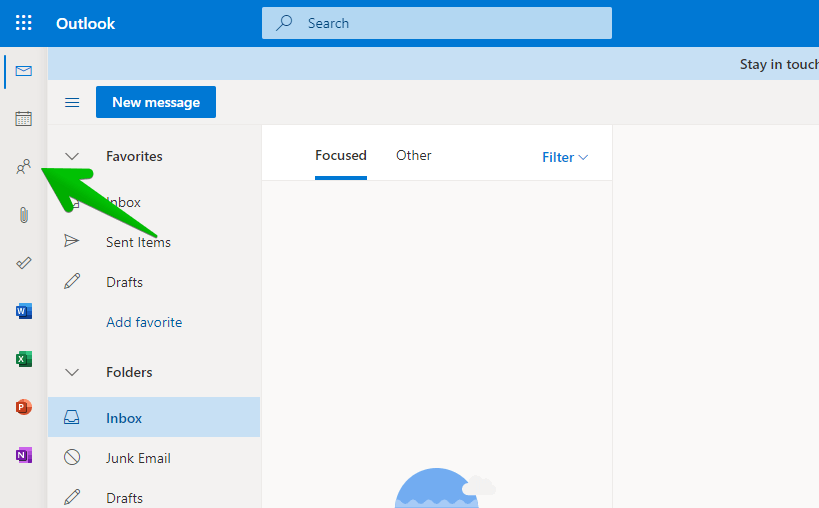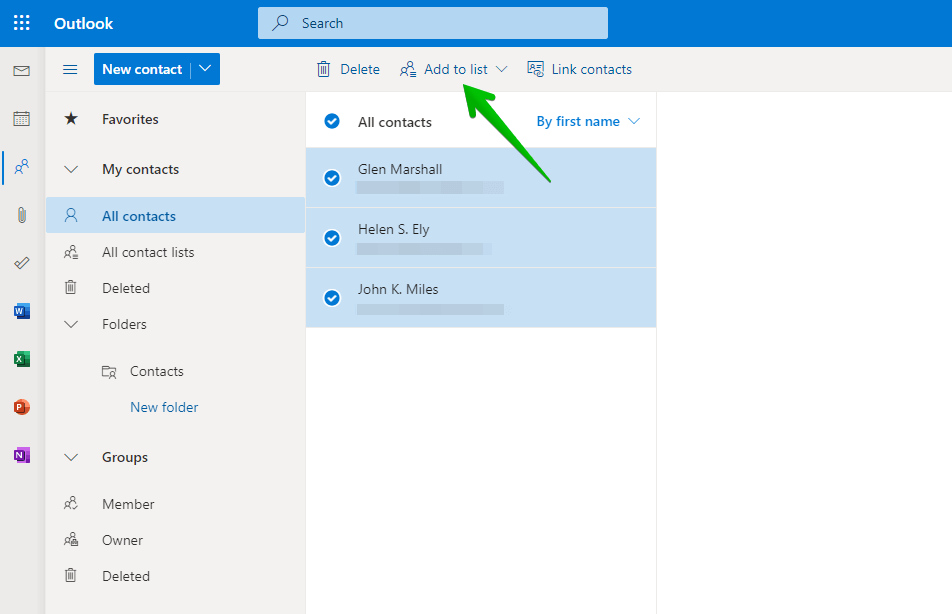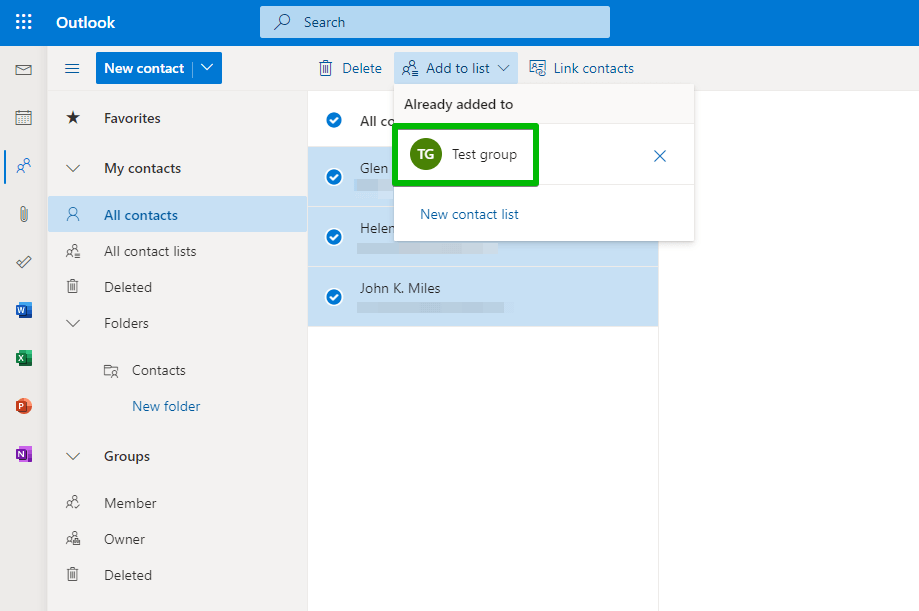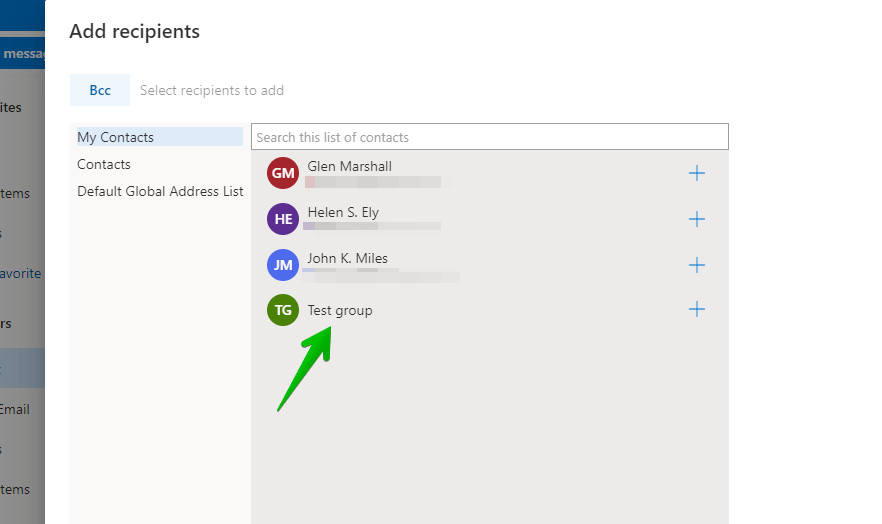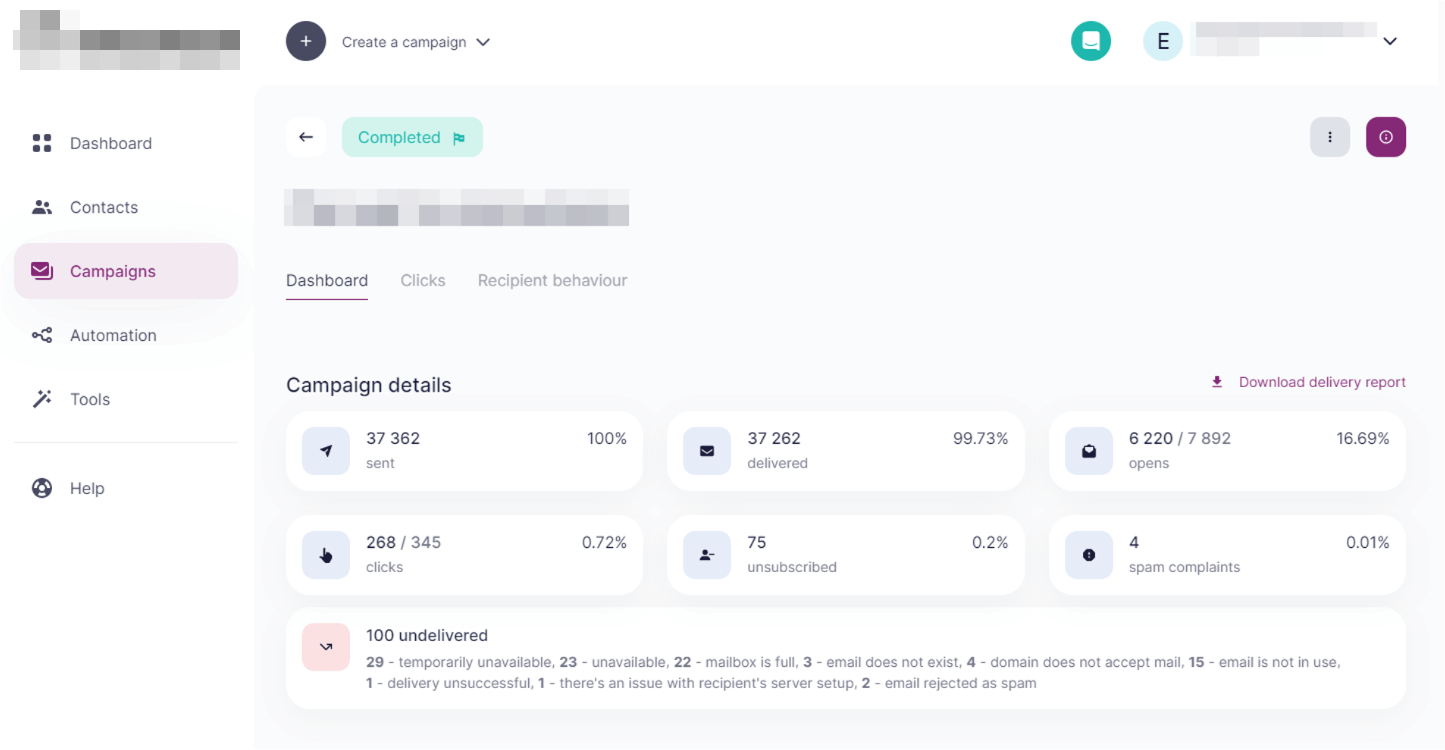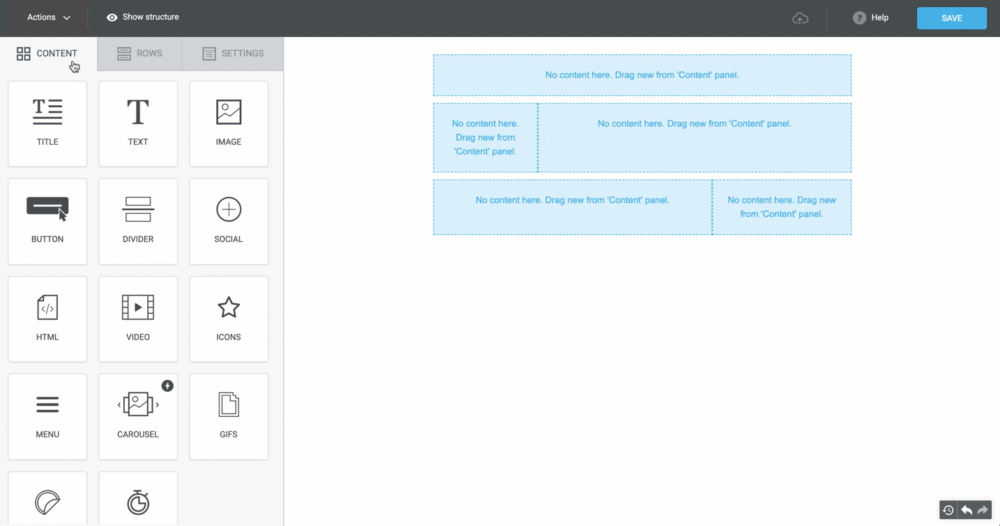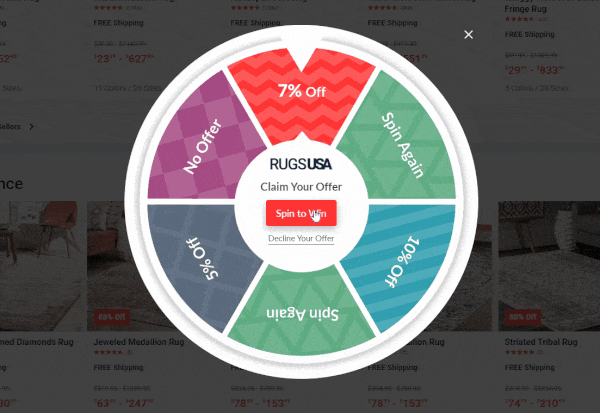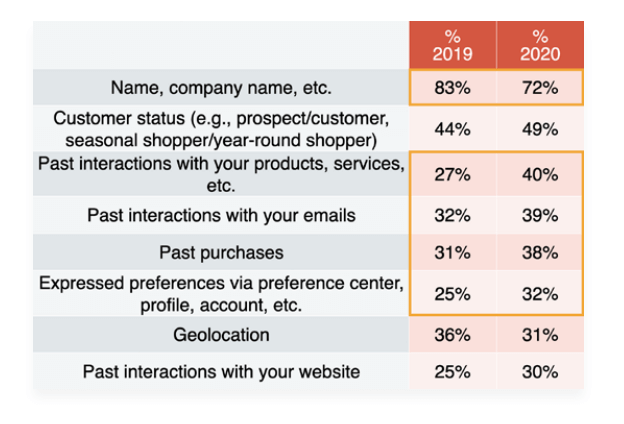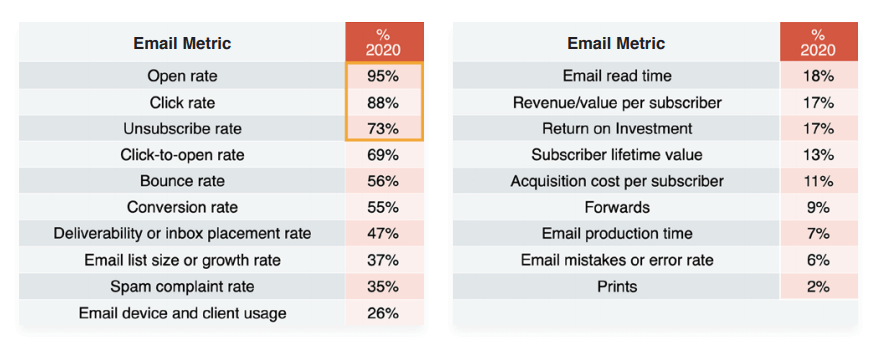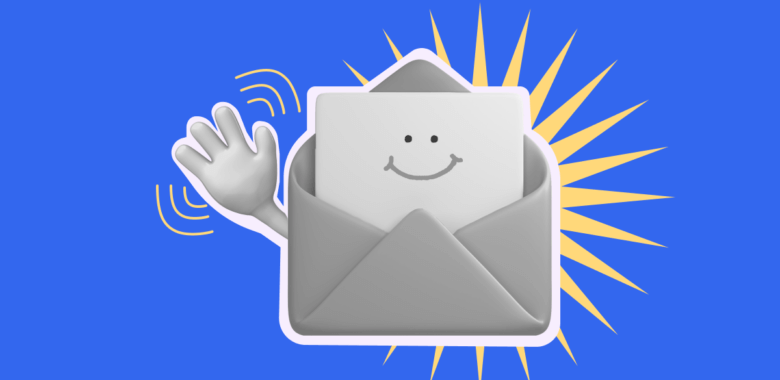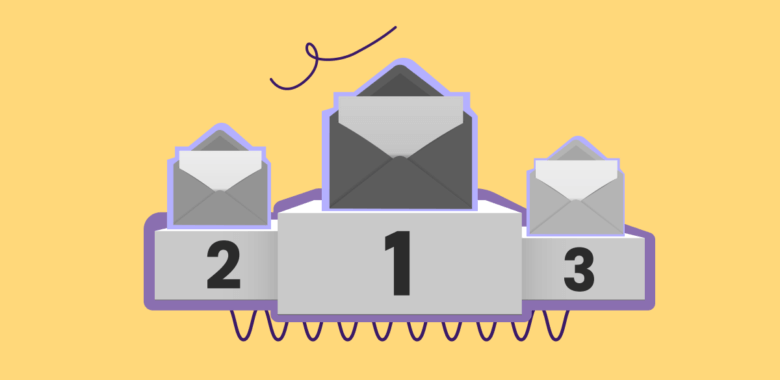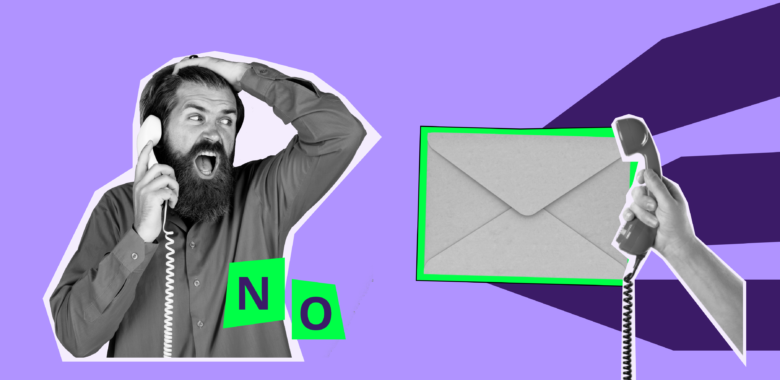The most common tool used to see which email element performs better is A/B testing. Let’s imagine you have a couple of ideas on email subject lines. Test them both! Create two messages, identical except for their subject lines, and let 10% of your list receive option #1 and the other 10% — option #2. Whichever shows better results will find its way into the inboxes of the rest 80% automatically.
By going further and connecting your account with Google Analytics, you’ll get an even better perspective, knowing exactly how much profit you made by your latest campaign and what its ROI is.
Keep Them Private
Your email address list is your property and responsibility, which must be kept confidential and not be given to third parties for commercial or any other purposes.
So when sending an email, make sure that the recipients don’t see the rest of the addresses if you use Gmail or Outlook. People don’t want others to know their email addresses for fear of becoming spam victims and disclosing their personal information in general.
Another point is that it’s not beneficial to show people that they are the recipients of the same promotion. Although individuals usually don’t mind this idea, sending the same email to competing companies can make you lose all your prospective partners.
Now let’s see what things are best to be avoided:
Don’t Send Emails From New Domains And New IPs
When deciding on the technical details of your future email campaign, bear a few things in mind. It’s best not to choose domains and IPs that are new to the internet because every domain and IP has a reputation and email services are suspicious towards clean slates. It’s much better to choose older and tested addressees that’ve been a while in the business for your first mass email campaign.
It’s OK if you start with a new domain and a small base of a few hundred people. However, larger campaigns will alert email service providers. To prevent email campaigns from being blocked, increase the number of emails gradually. If you’re a client of an email marketing platform, you’ll get recommendations on this point too.
Don’t Use Purchased or Old Email Lists
If you don’t have fresh contacts, it might be tempting to buy a list or use one you pulled together a while ago but there are pitfalls.
Using purchased lists is bad for business because:
- Almost all the emails will be blocked by email services’ spam filters and find themselves in the spam folder. Those 2-5% that’ll get through won’t be welcomed by recipients because they are unsolicited and won’t bring you any good conversions.
- There are fines since using purchased lists is illegal. For each spam email, a sender is subject to penalties up to $44K.
- It affects the reputation. Email services will know that “this sender” has a history of rule violations, so they will make life hard for them when launching the next campaigns.
As for the old lists, people get irritated by receiving promo emails from companies they haven’t seen for some time even if they previously gave their permission. Let a couple of weeks pass by and they would be taken aback/unpleasantly surprised by your messages.
Besides, chances are, an old list would contain a lot of invalid addresses and spam traps. Plus, if you try to use lists dating back a few years, it’s not even likely that you’ll succeed. For example, it’s likely you’re going to violate GDPR that came into power in 2018.
